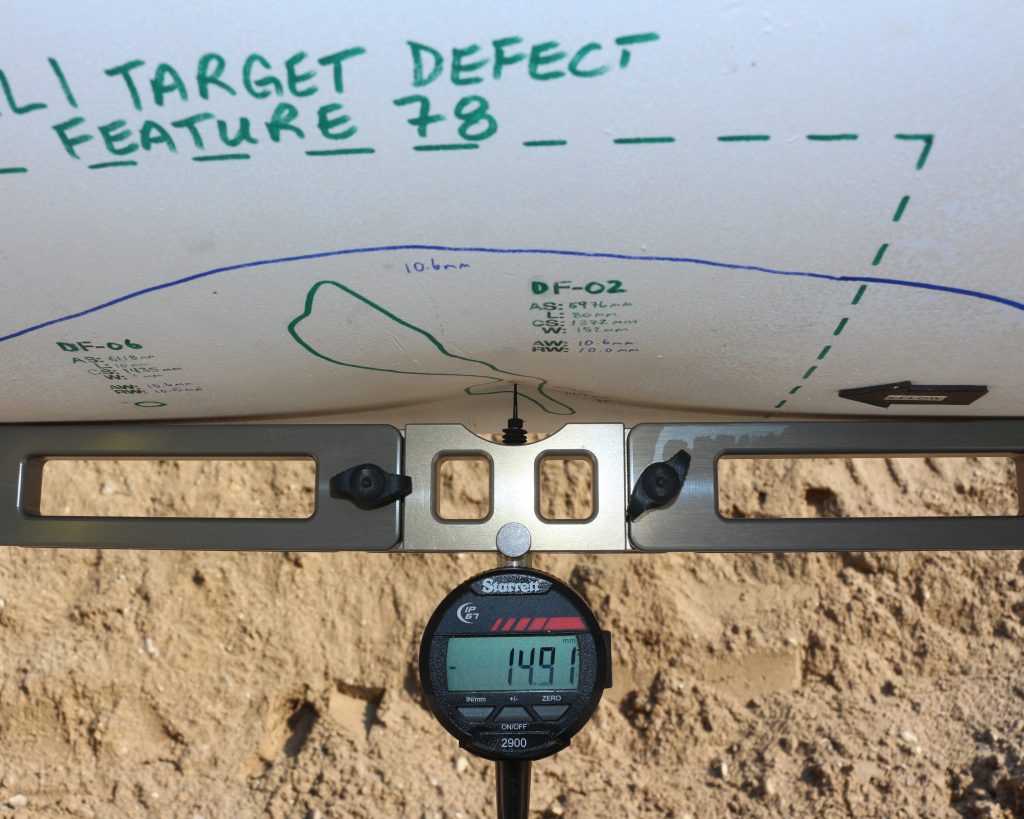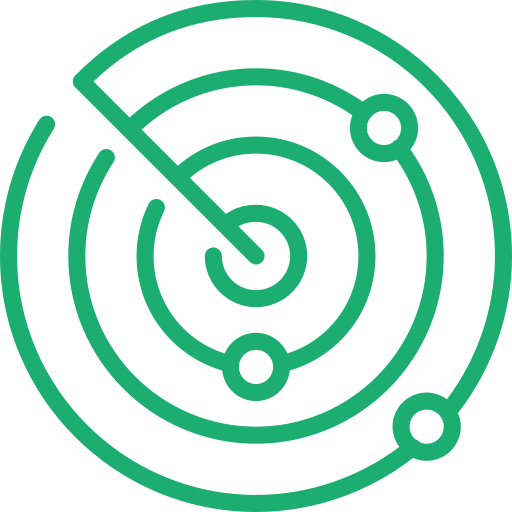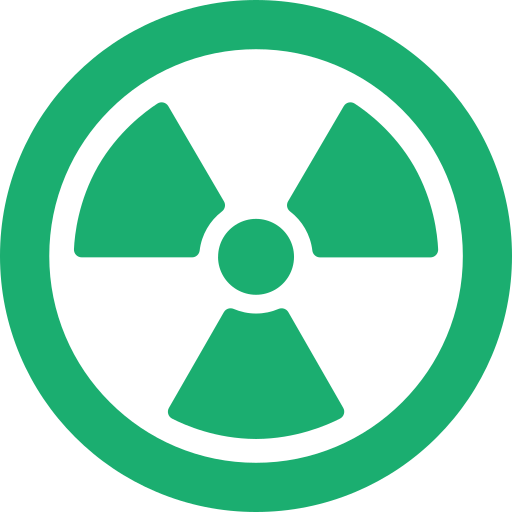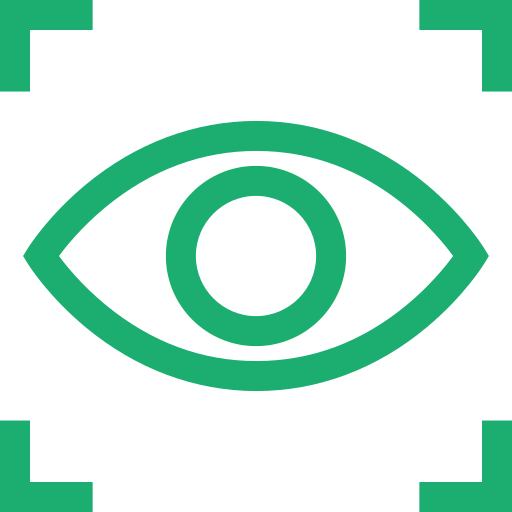Visual inspection is a widely used non-destructive testing (NDT) technique that relies on the human eye or optical instruments to examine the surface and internal features of a component or material. This technique involves a thorough visual examination of the test object for any visible signs of defects, anomalies, or irregularities. Visual inspection is an essential part of quality control and safety assurance in various industries.

BENEFITS
- Cost-Effective: Visual inspection is often one of the most cost-effective NDT methods because it doesn’t require expensive equipment or complex procedures.
- Rapid Results: Visual inspection provides immediate results, allowing for quick decision-making in terms of component acceptance or rejection.
- Simple to Implement: It is easy to train inspectors for visual inspection, making it accessible to a wide range of industries and applications.
- Non-Invasive: Visual inspection is non-invasive, meaning it doesn’t damage the test object in any way.
- Versatile: Visual inspection can be applied to various materials, including metals, plastics, composites, and ceramics.
APPLICATIONS
- Manufacturing: Visual inspection is extensively used in manufacturing industries to assess the quality of products, such as automotive components, electronics, machinery, and consumer goods.
- Aerospace: It is crucial for ensuring the safety and reliability of aircraft components, both during manufacturing and maintenance.
- Construction: In construction, visual inspection is used to assess the quality of welds, concrete structures, and building materials.
- Petrochemical and Refining: Visual inspection is vital for the inspection of pipelines, storage tanks, pressure vessels, and other critical equipment.
- Power Generation: In power plants, visual inspection is used to examine turbines, boilers, and other components for wear, corrosion, and defects.
- Oil and Gas: Visual inspection plays a significant role in the inspection of drilling equipment, pipelines, and offshore structures.
- Food and Pharmaceutical: In the food and pharmaceutical industries, visual inspection is used to ensure product quality, packaging integrity, and compliance with safety standards.
- Marine: For ships and offshore structures, visual inspection helps maintain structural integrity and safety.
-
Railway: It is used to inspect railway tracks, locomotives, and rolling stock for defects.







